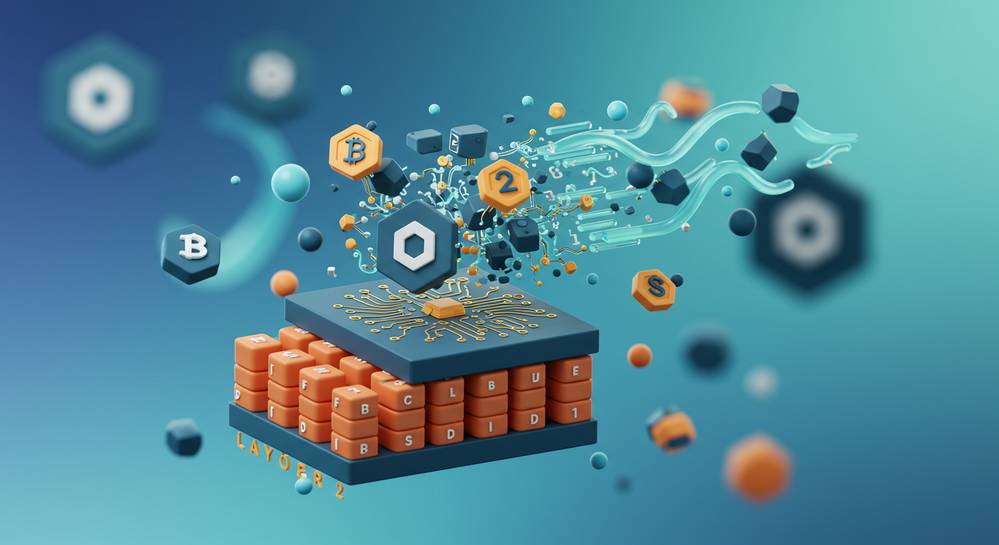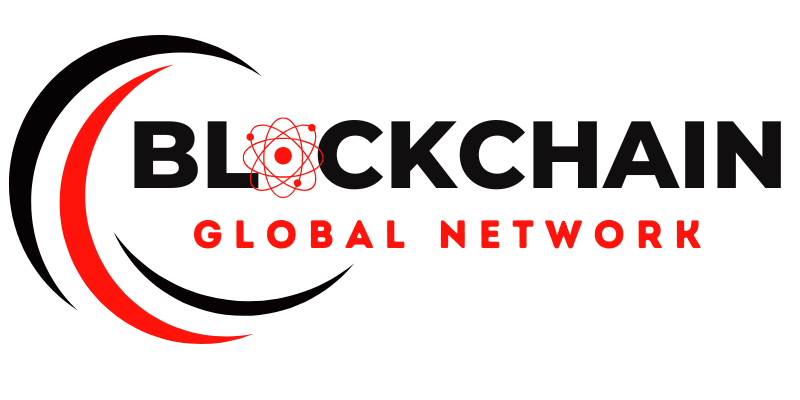The promise of decentralized digital ecosystems hinges on their ability to handle transactions efficiently and at scale. However, many early blockchain networks grapple with inherent limitations, leading to slow processing speeds and high costs. Addressing these challenges is paramount for widespread adoption, making blockchain scalability solutions a critical area of innovation. This article delves into the various approaches designed to enhance the performance of these transformative technologies.
The Scalability Trilemma: Why It Matters for Blockchain
Addressing the scalability trilemma requires more than just Layer 1 enhancements. Base-layer improvements often trade off decentralization and security. This drives advanced blockchain scalability solutions, particularly off-chain or secondary layers, to manage growing transaction volumes.
Exploring Layer 2 Scaling
Layer 2 solutions extend a blockchain’s capacity by processing transactions off the main network. They inherit Layer 1 security, boosting throughput and reducing fees. This allows the core blockchain to maintain decentralization, handling final settlements and dispute resolution.
- Rollups: These bundle many off-chain transactions into one Layer 1 transaction. ZK-Rollups, with cryptographic proofs, offer enhanced security and efficiency.
- State Channels: They enable direct, off-chain transactions between participants. Only channel opening and closing are recorded on the main chain, ideal for frequent interactions.
- Sidechains: Independent blockchains linked to the main chain. They provide high throughput and flexibility but operate under their own distinct security models.
These diverse solutions are essential for widespread blockchain adoption, fostering a more efficient decentralized ecosystem.
Layer 1 Scaling Solutions: Enhancing the Base Layer

Layer 1 scaling solutions involve making fundamental changes or improvements directly to the underlying undefined itself. These methods aim to increase the network’s capacity without relying on off-chain components. By optimizing the base layer, these solutions seek to boost the raw processing power of the blockchain, directly addressing core blockchain scalability challenges.
Sharding: Dividing and Conquering
Sharding, a technique from traditional database architecture, splits the blockchain’s state, transactions, and network into smaller partitions called shards. Each shard processes transactions and maintains its own state in parallel. This significantly increases overall throughput. Ethereum’s long-term roadmap includes sharding, evolving its consensus layer for greater efficiency.
Consensus Mechanism Improvements
Evolving undefined also enhance Layer 1 scalability. Transitioning from Proof of Work to Proof of Stake (PoS) reduces energy consumption and increases transaction finality and speed. Delegated Proof of Stake (DPoS) uses elected delegates to validate transactions, leading to faster block production and improved network responsiveness.
Layer 2 Scaling Solutions: Building on Top

Layer 2 solutions significantly boost blockchain scalability by processing transactions off-chain. They reduce congestion and fees on Layer 1 networks. This approach maintains the main chain’s security while increasing efficiency. These dual-layer strategies are vital for decentralized application adoption.
State Channels: Direct Interactions
State Channels enable direct, off-chain transactions between parties. Only channel opening and closing are recorded on Layer 1. This boosts transaction speed and reduces costs for frequent interactions. They offer a focused blockchain scalability solution.
Rollups: Efficient Transaction Bundling
Rollups, a key Layer 2 method, execute transactions off-chain, posting a compressed summary to Layer 1. This reduces mainnet load. Optimistic Rollups assume validity, with a challenge period. ZK-Rollups use cryptographic proofs for instant verification. Both are crucial undefined.
Sidechains: Parallel Blockchains
Sidechains are independent blockchains running parallel to a main chain. They feature their own consensus, optimized for specific use cases and high throughput. Assets transfer between chains, enabling faster, cheaper transactions. This flexibility makes them powerful undefined.
The Future of Blockchain Scalability: Interoperability and Beyond

The quest for blockchain scalability is a dynamic field, constantly evolving beyond traditional Layer 1 and Layer 2 solutions. New paradigms and technologies are emerging. These innovations promise to further enhance decentralized networks, fostering greater interoperability and efficiency across the entire ecosystem.
Cross-Chain Communication Protocols
Seamless communication and asset exchange between different blockchains are crucial for a truly scalable and interconnected future. Protocols like Polkadot and Cosmos are pioneering solutions. They enable heterogeneous blockchains to interact, creating a broader, more efficient “network of networks” rather than isolated silos. This approach unlocks new possibilities for decentralized applications.
Directed Acyclic Graphs (DAGs): An Alternative Architecture
Some projects explore alternative data structures to the linear blockchain. Directed Acyclic Graphs (DAGs), used by IOTA and Nano, offer a different transaction validation approach. They potentially allow parallel transaction processing without blocks. This leads to high throughput and zero fees. While still developing for broader application, DAGs represent a significant architectural shift in the pursuit of blockchain scalability solutions.
The pursuit of efficient and robust blockchain networks is an ongoing journey, with a diverse array of scalability solutions constantly evolving. From foundational Layer 1 improvements to innovative Layer 2 protocols, these advancements are pivotal in overcoming existing limitations and paving the way for truly decentralized, high-performance applications. The future of blockchain relies on these continuous innovations to meet the demands of a global, interconnected digital economy.
Explore more insights and cutting-edge developments at Blockchain Global Network.

RELATED POSTS
Pi Network Officially Listed on OKX – Price Fluctuations and Forecast
Pi Network has officially been...
What is the trading range of Kaspa standard deviation?
Are you interested in Kaspa...
Polymarket airdrop – Smart investment for the Web3 generation
With the Polymarket airdrop, users...
Top 3 Secrets behind Bitcoin Peak that you must know
The rise and fall of...
Memefi Coin Airdrop: Airdrop Timeline and Launch of Memefi Token
The Memefi Coin Airdrop presents...
Who has Andrew Tate’s Crypto Wallet?
Who has Andrew Tate’s Crypto...
ID Token and Access Token Demystified: How They Power Secure Web Applications
ID Token and Access Token...
Hop Airdrop: A detailed guide on how to participate
Hop Airdrop is a free...
Can You Rewrite Blockchain History? Exploring Data Immutability
Can you change data on...
What is rate limit exceeded on twitter?
What is rate limit exceeded...
ISC Money Airdrop – Earn INTL Tokens from DeFi Trading
The ISC Money Airdrop is...
What is the ALIENX Airdrop and How to Participate Effectively
Do you want to invest...
Is Bitcoin Going to Crash? – 3 Current Market Dynamics
Wondering, “Is Bitcoin Going to...
Humanity Protocol Airdrop: Step-by-step guide to participate
Humanity Protocol is an innovative...
Passive Earnings with UPhone by U2U Network
UPhone by U2U Network is...
Blockchain Technology in Healthcare – A Breakthrough Comprehensive Solution
Interested in “Blockchain Technology in...